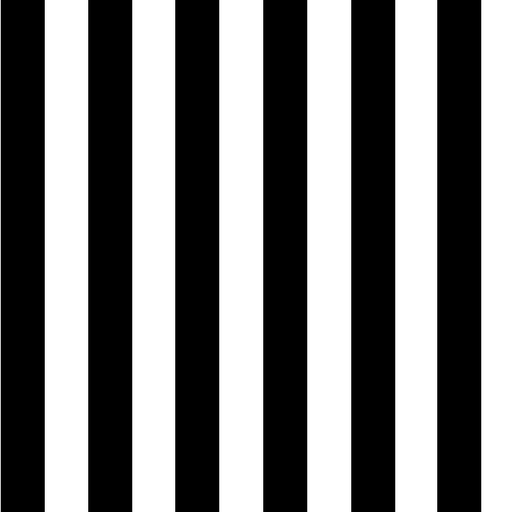Originally from the north of France, born in Douai, Henri-Edmond Cross studied at the Beaux-Arts in Lille, then in Paris.
His name is Henri Edmond Delacroix and he will take the pseudonym of Henri-Edmond Cross to distinguish himself from Eugène Delacroix…
- Henri-Edmond Cross, divisionist painter and bold user of colour l Read more
- Latest exhibitions | Read more
- Biography | Read more
Selection of works by Henri-Edmond Cross

Falaises dorées sur le rivage
Watercolor
21 x 27 cm

La lavandière, œuvre préparatoire
Circa 1895-1896
Oil on panel
32,5 x 22 cm

Vendanges, œuvre préparatoire
Circa 1891-1892
Oil on panel
Stamp of the initials lower right
17 x 13,8 cm

Watercolor
10,8 x 15 cm
Contact us for more works by Henri-Edmond Cross
Henri-Edmond Cross,
divisionist painter and bold user of colour
Having rapidly abandoned academic life, Cross associated himself in 1884 with Seurat, Signac and the group of future neo-impressionists.
In 1891, at the time of Seurat’s death, he adopted the divisionist technique, a variant of pointillism characterized by longer and more fluctuating brushstrokes.
He moved permanently to the Var region, close to Lavandou and indulged his taste for the outdoors, his love of light colours and the division of tones.
Over time, he distanced himself more and more from reality. He imagined mythical landscapes, heathen festivals, undulations of light, pure streams crushed by the sun, a sort of paradise, suggesting the search for eternal happiness.
The subject became a pretext for pure harmonies of lines and colours. A bold user of colour, Henri-Edmond Cross did not hesitate to radically change colours according to his imagination. Torn between the desire to imitate nature and the will to exceed it, Henri-Edmond Cross pushed chromatic wealth to its paroxysm and influenced Matisse in 1904 during his stay in the south in his work towards Fauvism.
Latest exhibitions dedicated to Henri-Edmond Cross
The most recent exhibitions dedicated to his work:
2008: Henri-Edmond Cross, 50 watercolours, at Galerie de la Présidence
2011/2012: “Cross and Neo-Impressionism” at the Marmottan-Monet Museum then at the Matisse Museum in Cateau Cambrésis.
News
Color and light.
The neo-impressionnist Henri-Edmond Cross
From July 27th to November 4th 2018
and from November 17th 2018 to February 17th 2019 at the Barberini Museum of Potsdam in Germany.
Read more about this exhibition
Biography
1856
Henri-Edmond Delacroix was born in Douai.
1866
The young boy took his first painting lessons in Lille with the painter Carolus-Duran, paid for by his uncle, Doctor Soins.
1878
H.E. Delacroix was accepted to the Art and Architecture School of Lille.
1881
H.E. Delacroix moved to Paris. He exhibited for the first time at the Salon of French Artists.
1883
Delacroix began to use the name Henri-Edmond Cross, to distinguish himself from his very famous homonym but also to differentiate himself from the academic landscape painter of the same period who had the same name as him. Cross went to the South of France for the first time, to Monaco, where his uncle owned a villa.
1884
Cross participated in the Salon des Indépendants where he met Kerry, Dubois-Pillet, Signac and Seurat… This show represented a daring act, by offering artists to exhibit “without a jury or a prize.” He remained a faithful participant in this event. At the time, Cross presented Impressionist paintings.
1886
The art critic Félix Fénéon, a friend of Georges Seurat baptised the movement neo-impressionism.
1888
Cross, initiated by his friend Signac, made his first attempts at painting watercolours, which were becoming more frequent around 1895, and then became an artistic expression in his work from 1903.
1891
Cross was obliged to move to the Var to Cabasson, near Brégançon fort due to a worsening rheumatic disease. He bought land at St. Clair, on le Lavandou beach. After the early death of Seurat, he adopted the divisionist technique and directed his first great neo-impressionist composition, the portrait of Irma Clare in a prom dress (Paris, Musée d’Orsay). The first wife of the author and journalist, Hector France, she married Cross in 1893. The couple never had children.
1892-1894
Paul Signac, his close friend moved to St. Tropez on Cross’s advice, the painter painted large symbolist compositions using the divisionist technique, including the L’Air du Soir(Paris, Musée d’Orsay). This major painting was exhibited at the Salon of independent artists of 1894 when Signac bought it.
1895
This year was a turning point in the creative process for Cross and Signac. Freed from the divisionist dogmatism of Seurat, both painters felt more liberated and employed bolder and brighter colours.
1898
Cross made a trip to Marseille with Signac. The neo-impressionist Belgian painter Théo Van Rysselberghe moved into a house close to Cross in Saint-Clair.
1899
This was a year of terrible physical ailments for Cross. The painter participated in a major neo-impressionist painting exhibition at the Durand-Ruel Gallery in Paris. Two years later, the famous dealer Ambroise Vollard bought nine paintings from him.
1903
Cross travelled to Venice where he produced many watercolours and several large compositions, painted on his return to Saint-Clair. This was the artist’s most fertile period. He gave free rein to his lyricism and to his expression of landscapes by customizing his touch. The following year he had frequent visits from his painter friends, especially Matisse, Marquet, Camoin and Puy.
1905
This year consecrated the work of Cross, who boasted an important personal exhibition at the Galerie Druet in Paris. Watercolours and oils were equally represented.
1907
Félix Fénéon, Director of the Bernheim-Jeune Gallery, organised a large exhibition bringing together a majority of watercolours. The catalogue was prefaced by the symbolist painter Maurice Denis, a great admirer of Cross.
1908
Cross’s second trip to Italy (Tuscany) and stay in Antibes.
1910
Henri – Edmond Cross died on May 16, as a result of cancer. He is buried in New York City where his friend Van Rysselberghe made the bas-relief medallion of his grave.

